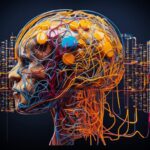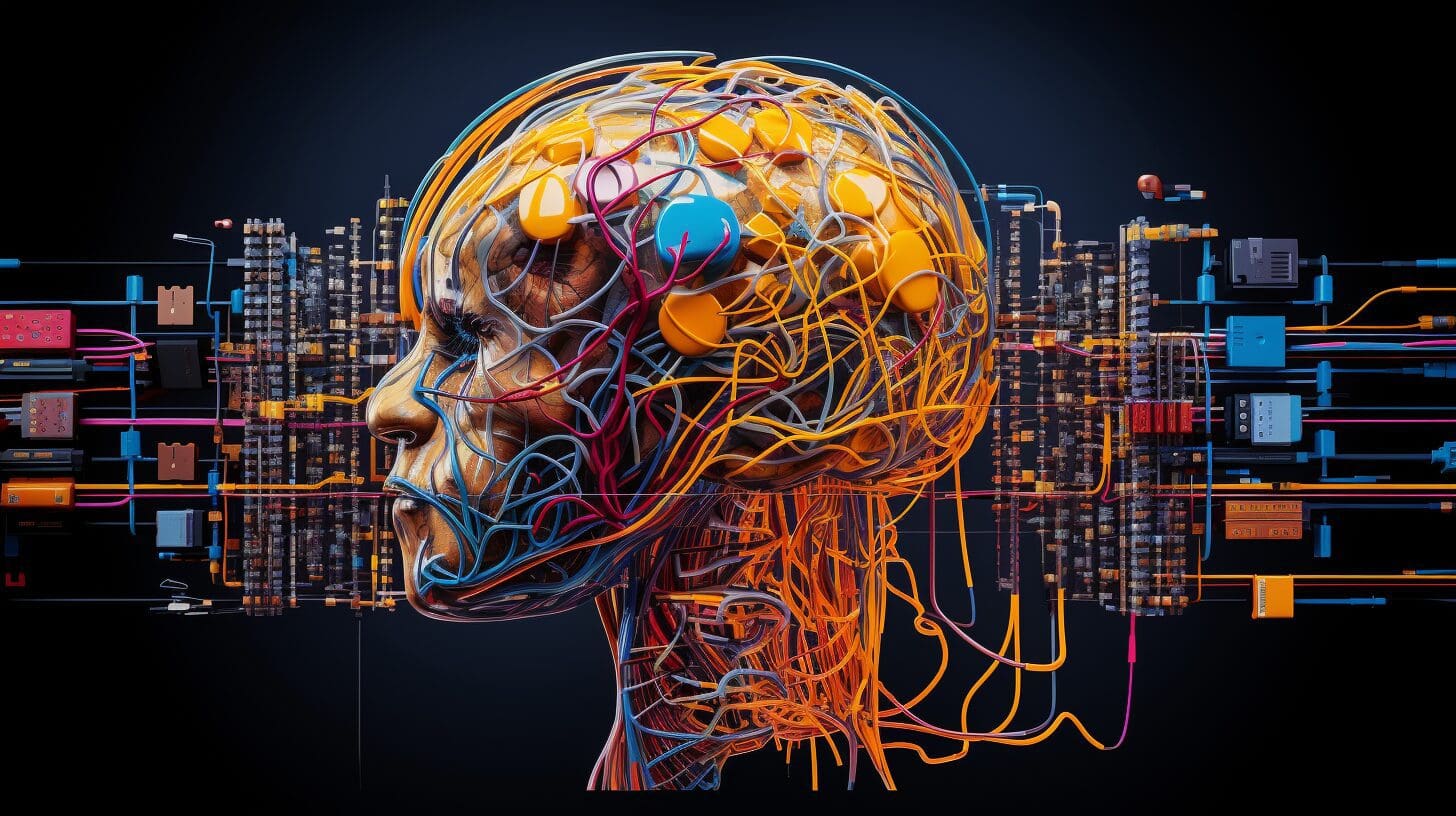The field of automated machine learning (AutoML) has, in recent years, witnessed remarkable progress. These advancements have been made possible due to a unique confluence of state-of-the-art machine learning algorithms, highly efficient hardware, and an ever-increasing availability of data. AutoML aims to make the machine learning process more efficient and streamlined, thus empowering organizations to effectively build, deploy, and maintain AI-driven applications and services. In this comprehensive overview, we will delve into the current state of AutoML, its implications for industry practices, and speculate about the future trajectories this burgeoning field might take.
Historically, the practice of machine learning required a high level of expertise and extensive, labor-intensive work. Building machine learning models involved several time-consuming steps: preprocessing data, engineering features, selecting an appropriate model, tuning hyperparameters, validating the model, and finally, deploying the model into production. It became evident that automating these steps could not only significantly enhance efficiency but also make machine learning more accessible to organizations lacking the required resources or expertise. Hence, the concept of AutoML was born, with its focus on the automation of these crucial yet tedious aspects of the machine learning pipeline.
AutoML incorporates an array of techniques and tools aimed at making the machine learning process less complex. Key components of AutoML include automated feature engineering, hyperparameter optimization, model selection, and deployment. AutoML’s automation capabilities liberate data scientists and engineers, allowing them to invest their efforts into more complex and creative aspects of their work. This ‘democratization’ of machine learning can be an enabler for organizations with constrained resources and expertise.
Historically, AutoML platforms had a niche audience, primarily catering to academic researchers. However, the scenario changed dramatically with the advent of open-source frameworks like H2O, TPOT, and Auto-sklearn. These platforms have played a pivotal role in the evolution of the AutoML landscape, providing robust, scalable, and user-friendly solutions for automating machine learning workflows. Simultaneously, the growth of cloud computing led to the rise of cloud-based services like Google Cloud AutoML, Azure AutoML, and Amazon SageMaker. These services offer scalable and accessible AutoML options for businesses of all sizes, further driving the adoption of AutoML across a spectrum of industries, from healthcare and finance to retail and manufacturing.
The transformative effect of AutoML on industry practices is indisputable. It has condensed the time and resources needed to develop and deploy machine learning models, thereby accelerating the adoption of AI-driven solutions across industries. This has resulted in productivity enhancements, better decision-making processes, and the development of innovative products and services. For instance, in the healthcare sector, AutoML has expedited the development of AI-driven diagnostic tools, transforming patient care. In the financial industry, risk assessment and fraud detection processes have been streamlined significantly, driving operational efficiency.
Looking to the future, AutoML promises continued growth and evolution. Several key trends are shaping the future of the field. For instance, the integration of AutoML with other AI technologies such as natural language processing (NLP) and computer vision is a significant trend. This convergence allows the development of more sophisticated AI-driven applications that can process and analyze unstructured data such as text and images, unlocking new possibilities. A prime example of this integration has been OpenAI’s GPT-3, a cutting-edge language processing AI that utilizes AutoML for training, resulting in remarkably accurate and human-like text generation.
Another crucial trend in the AutoML space is the growing emphasis on MLOps, or DevOps for machine learning. This refers to the practices and methodologies employed to manage the entire lifecycle of a machine learning model. With the surge in AutoML adoption, robust MLOps frameworks have become indispensable. Such frameworks ensure that machine learning models are developed, deployed, and maintained efficiently and reliably, thereby mitigating the potential risks associated with AI-driven applications.
Moreover, the ethical and responsible use of AutoML is an emerging focal point. With the maturation of automation in the machine learning process, the potential for biased and unjust models becomes a genuine concern. Organizations will need to adopt best practices and guidelines to ensure their AI-driven solutions are transparent, accountable, and fair. Recent efforts, such as IBM’s AI Fairness 360, an open-source library to help detect and mitigate bias in machine learning models, highlight the industry’s commitment to addressing these ethical concerns.
In conclusion, the current state of AutoML is defined by rapid advancements in techniques and tools, widespread adoption across various industries, and a growing focus on MLOps and ethical considerations. As we look to the future, the democratization of machine learning through AutoML will continue to empower organizations of all sizes to leverage the power of AI-driven applications. Staying in tune with these developments and trends will be crucial for businesses aiming to stay innovative and competitive in the evolving landscape. With its potential to revolutionize industries, AutoML is undoubtedly paving the way towards a future where AI is an integral part of every organization’s strategy.



![Python Decorators Unleashed [eBook]](https://datasciencehorizons.com/wp-content/uploads/2023/10/python_decorators_unleashed_ebook_header-150x150.webp)







